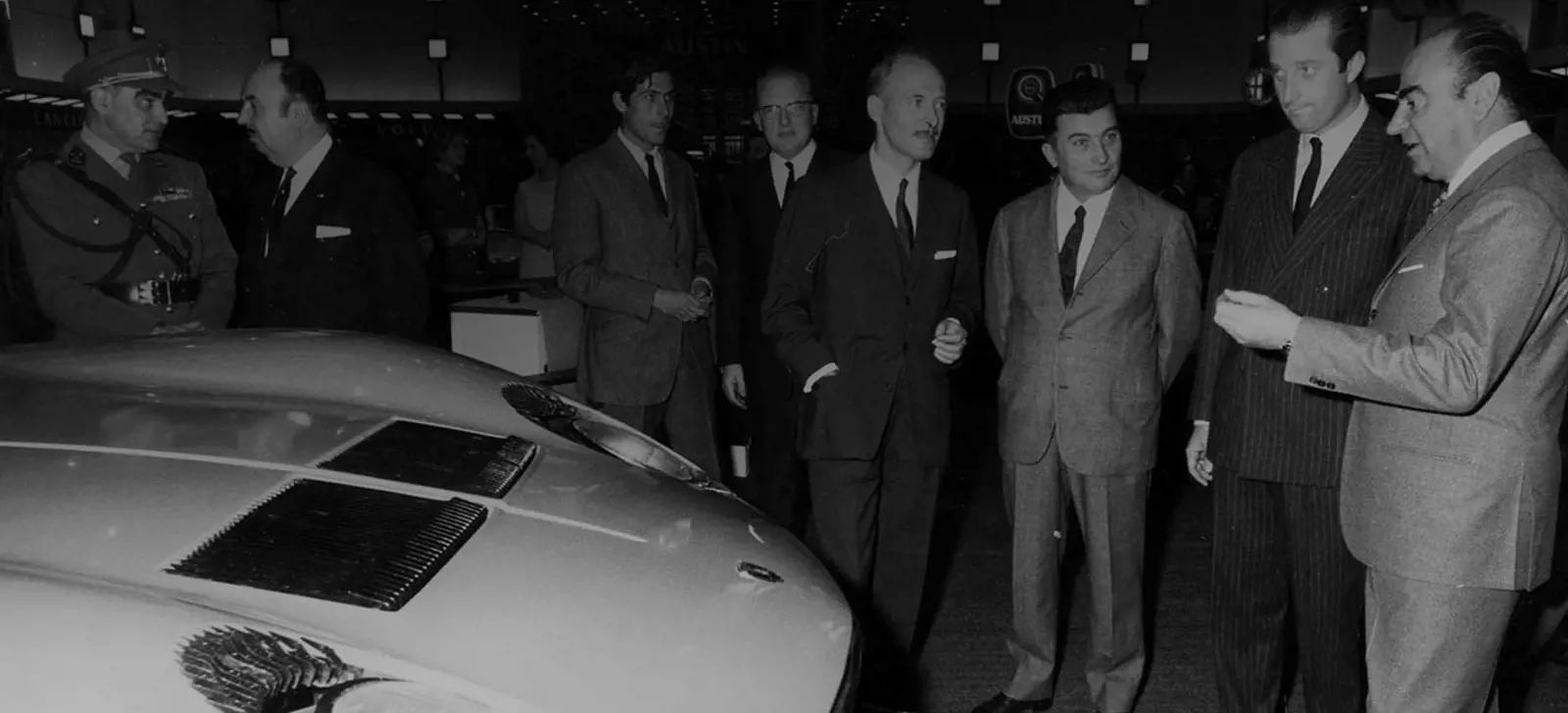"It was the perfect moment when I finally decided to create the perfect car."
Ferruccio Lamborghini
Grange take a step back in the history of the Lamborghini super sports car giant, reaching back to its origins in 1963, right through history up until present day - a true success story of Italian automobile design and craftmanship.
Dating back to 1963, the Lamborghini story truly began with Ferruccio Lamborghini. Here we take a look back at the rich history of the successful super car brand, and tell the successful Italian story.
Lamborghini's history is founded on the story of a dream turning to reality. The dream of their founder, Ferruccio Lamborghini, was to make the perfect car.
Today, Grange are proud to have been chosen to represent the Lamborghini marque, bringing you all the latest, most coveted, most exhilarating super sports car in the world.

The Origins
Ferruccio Lamborghini was born in 1916, a capable, strong-willed, impetuous Taurus. He was the leading character in the foundation of the ‘Lamborghini Automobili' company and the early years of its enchanting history.
In the early sixties, Ferruccio Lamborghini was a powerful and successful man - characteristics that are mirrored in all Lamborghini cars. He knew what he wanted, and his aim was to produce super cars that competed with Ferrari. The project began in 1962 and he had started building the company from the ground upwards by May 1963. The first model to be designed and manufactured was pushed out quickly and it was officially presented at the Turin Auto Show in November 1963.
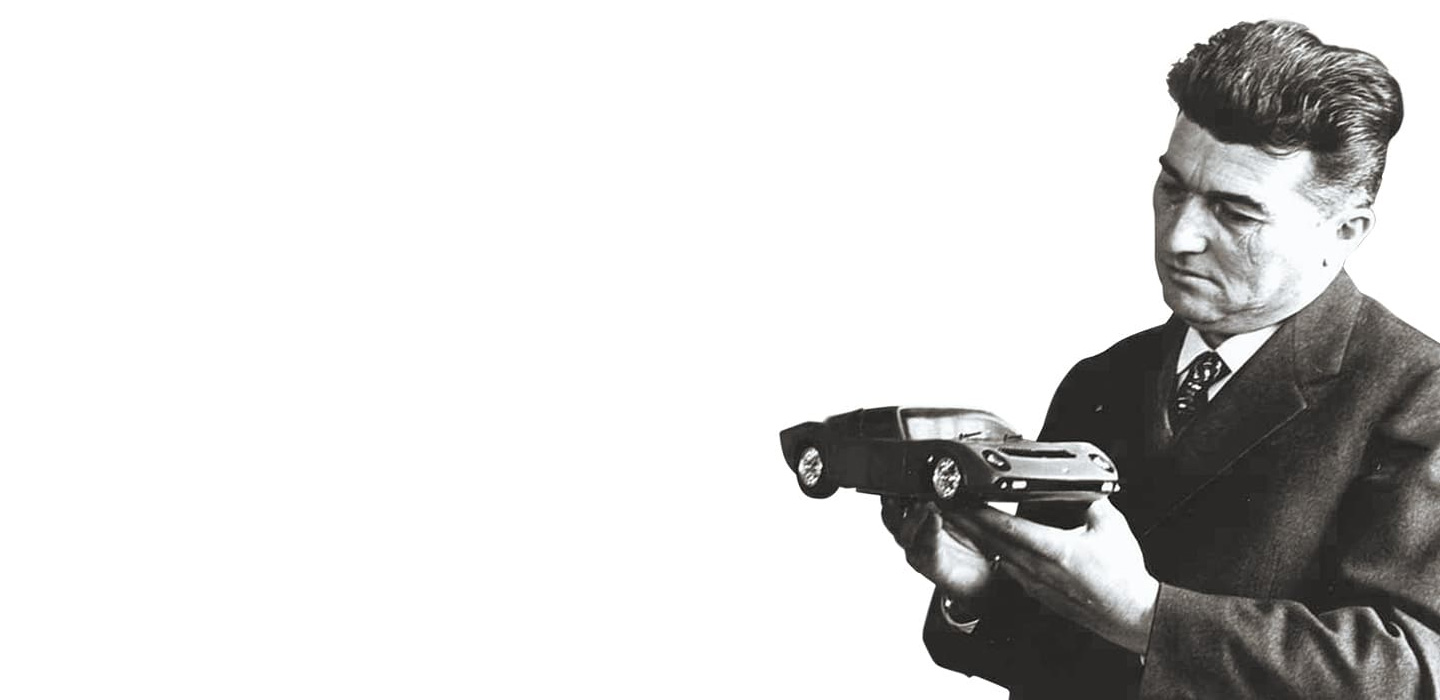

The Coupés began to get noticed in 1965 which was a great phase for the Lamborghini company – and became one of the most prolific and creative periods for the business. Between October 1965 and June 1966, the company presented an impressive number of brand new models, and despite that some of the models such as 3500 GTZ (with a Zegato body), 350 Spyder by Touring and the Monza 400 by Neri and Bonacini were essentially prototypes, the seemingly extravagant chassis presented at the Lamborghini stand during the 1965 Turin Auto Show was destined to have a profound impact on the history of the company.
An Icon
In 1967, the company took an extraordinary line up to the Italian Auto Show - each and every model was truly impressive, and featured only the best equipment and showcased expert engineering. The golden duo of the 400 GT 2 2 coupe and the Miura became the IT cars in every automobile magazines which also lead to an influx of orders for the Miura, giving a pump of cash flow into the company. At this point, Lamborghini became an iconic name in the automotive industry - known for going further at all costs.
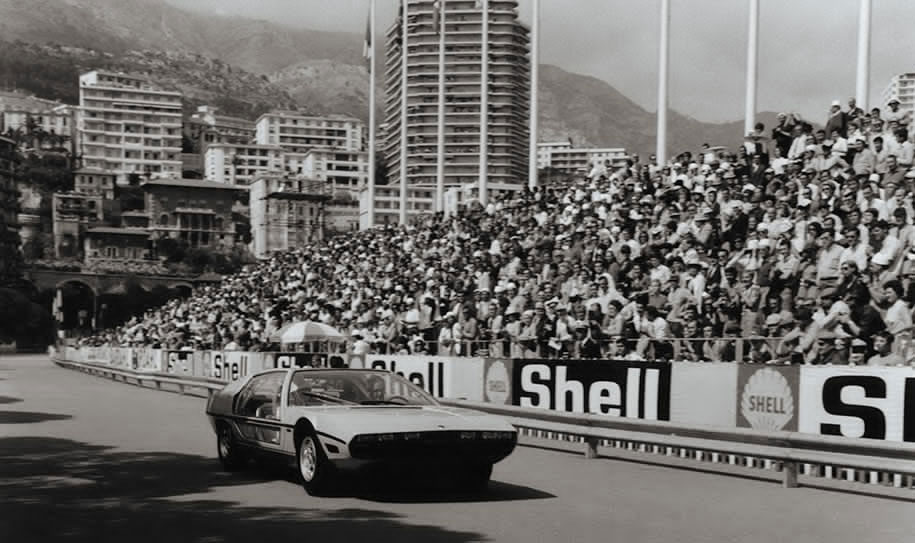

In 1969, production of the Islero, Espada and Miura was still fairly new, however, improvements had begun to be considered - an attempt to improve an entire series of modifications, in particularly for the Miura. The result was the S model. The creation of the Miura was a very significant moment for the company, featuring a luxurious interior, electric windows and air conditioning. Whilst the Miura took centre stage, the Islero GT left the stage quietly and only 225 versions were ever created. The Espada remained successful with over 228 models sold in 1970 alone - an impressive figure for an expensive and important car.
In 1972, the company founder sold the majority of his company stake to Georges-Henri Rossetti before selling his remaining share to a friend René Leimer, at which he left the company for good.


Commercial and production difficulties complicated life in the Lamborghini company, pressuring the head of Lamborghini to seek outside collaboration to make better use of their resources. The most significant cooperative effort came in 1976 with BMW Motorsport, which was headed by Jochen Neerpasch at the time. The contract meant that they were able to design and produced super sports cars with the engine mounted behind the cockpit.
The Countach
The production of the iconic Espada ended in 1978, followed by a number of other Lamborghini models such as the Urraco and the Silhouette in 1979. Only the S version of the Countach was still in production, so the company had no choice but to continue with the model. The Countach was the model that essentially allowed the company to survive - in fact, between 1978 and 1982, a total of 237 units were delivered. For the purposes of comparison, 158 'normal' Countach LP400s were produced between 1973 and 1977.
However, in 1980 the company slipped towards bankruptcy and liquidation which meant that Lamborghini was pretty much considered as finished.


When the company was put up for liquidation, the successful name of Lamborghini and the unrivalled aura of the Countach meant that the company gained huge interest from a number of admirers who wanted to take it over. The judge entrusted the company to two brothers, Jean-Claude and Patrick Mimran, the wealthy owners of a sugar empire in Senegal and, naturally, sports car lovers. The company celebrated the new appointments in the company at the Geneva Motor Show in March 1981 where they exhibited a restyled Miura and the Countach S. The appearance of the new Jalpa was the real indication of the new path that would be taken by Lamborghini.
The company began to work on an in-depth technical update of the models ready to present the new versions at the Geneva Motor Show in 1985. The classic Lamborghini engine was extensively redesigned by Altieri. This was the first dramatic change since the original 22 years previous. Further modifications were made as he increased its displacement to add power, and by using heads with four valves per cylinder, the 5167-cc engine climbed to 455 hp at 7000 rpm, a power level that put the Countach well ahead of all its traditional rivals.

Formula 1
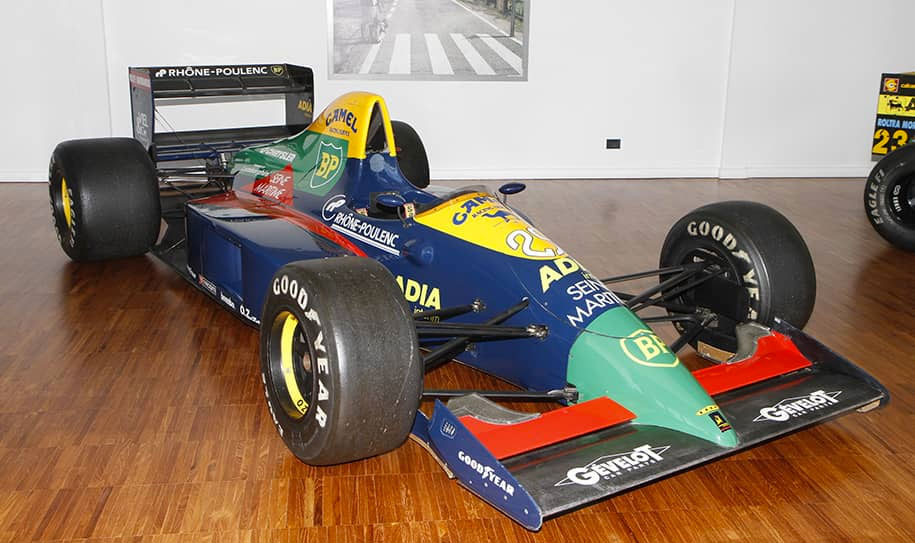
23rd April 1987 marked the day that ‘Nuova Automobili Lamborghini SpA' was taken over by the US Chrysler company, which marked the beginning of a period of intense activity.
In 1987, Lamborghini embarked on a new project with Mauro Forghieri to create a new engine for the French Formula 1 team Larrousse. After obtaining Chrysler's approval, Forghieri designed his engine, a V12 with a 3.5-litre capacity, the maximum displacement allowed by regulations.
The success of the Formula 1 project meant that even Lotus requested the Lamborghini engines for the following series, leading to a double supply of engines for the two teams. In 1990, the results continued to be brilliant at the British Grand Prix and the Hungarian Grand Prix - whilst the most exciting result was when Suzuki finished 3rd at the Grand Prix in Japan with one of the Lamborghini engines. Unfortunately, bad news was just around the corner for the company and they had to pull out of the Modena F1 Team in the world championships. However, they did go on to continue to modify their range of road vehicles.

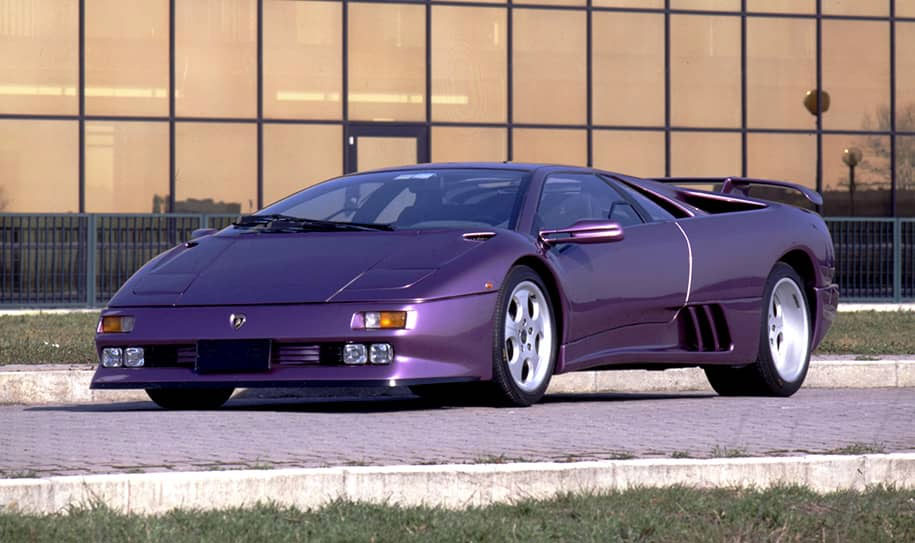
Another change of hands was made official on 21 January 1994 which shook up the company's management. In spite of the challenges, the Diablo was developed, followed by several collateral models which proved very popular with certain consumer ranges. Other special editions, such as the SE, Jota, Monterey, Alpine and many others, were derived from these models. Luigi Marmirola left the company for personal reasons at this point and Massimo Ceccarani was the man to take his place.
The Murciélago Supercar
It was at this point that Lamborghini turned to several top car manufacturers for help, such as Audi. The first contract between Audi and Lamborghini was signed 12th June 1998 before the complete contract for the definite transfer of all shares was completed on 27th July in the same year. On the occasion of the celebrations for its 40th anniversary, the House of the Raging Bull offers a special, limited edition series of its supercar Murciélago: the Murciélago 40th Anniversary Edition with just 50 models produced and sold mainly in Europe, the USA and Japan. It was an exclusive car, painted in Verde Artemis (jade green).

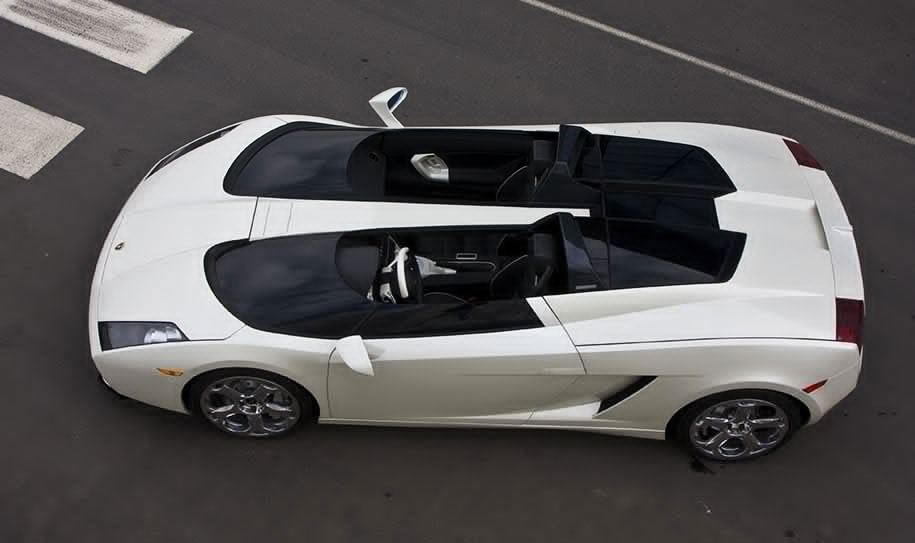
The first drivable prototype of the Lamborghini Concept A was showcased at the Monterey Concorso Italiano and at the Pebble Beach Concours d'Elegance in the USA in 2005. After further success at the Geneva Motor Show, they decided to build a drivable prototype to encourage potential customer demand.
2006 was the year that Lamborghini brought back a big automotive name, the Lamborghini Miura Concept.
2010 was the year that Lamborghini presented their Sesto Elemento concept car which showcased expert carbon-fibre technology in every field. Only a limited number of 20 units were produced - which were intended for track use. 2011 saw the debut of the new V12 Aventador LP 700-4 which represented the new industry standard of super sports cars. There were also three special series introduced in the same year.

The Centario - A tribute to Ferruccio Lamborghini

As a luxury super sports car manufacturer, Lamborghini introduced the Huracán series in 2015 which featured the Spyder and the RWD. The Aventador was also in the spotlight in 2015 with two new versions, the Aventador SV and the Aventador SV Roadster – both of which combine elegance and sporty DNA.
In 2016, the Huracán Avio made its debut and as did the Centenario which was a true piece of perfection combining innovative design and excellent performance.
Explore our Lamborghini pre-owned cars





